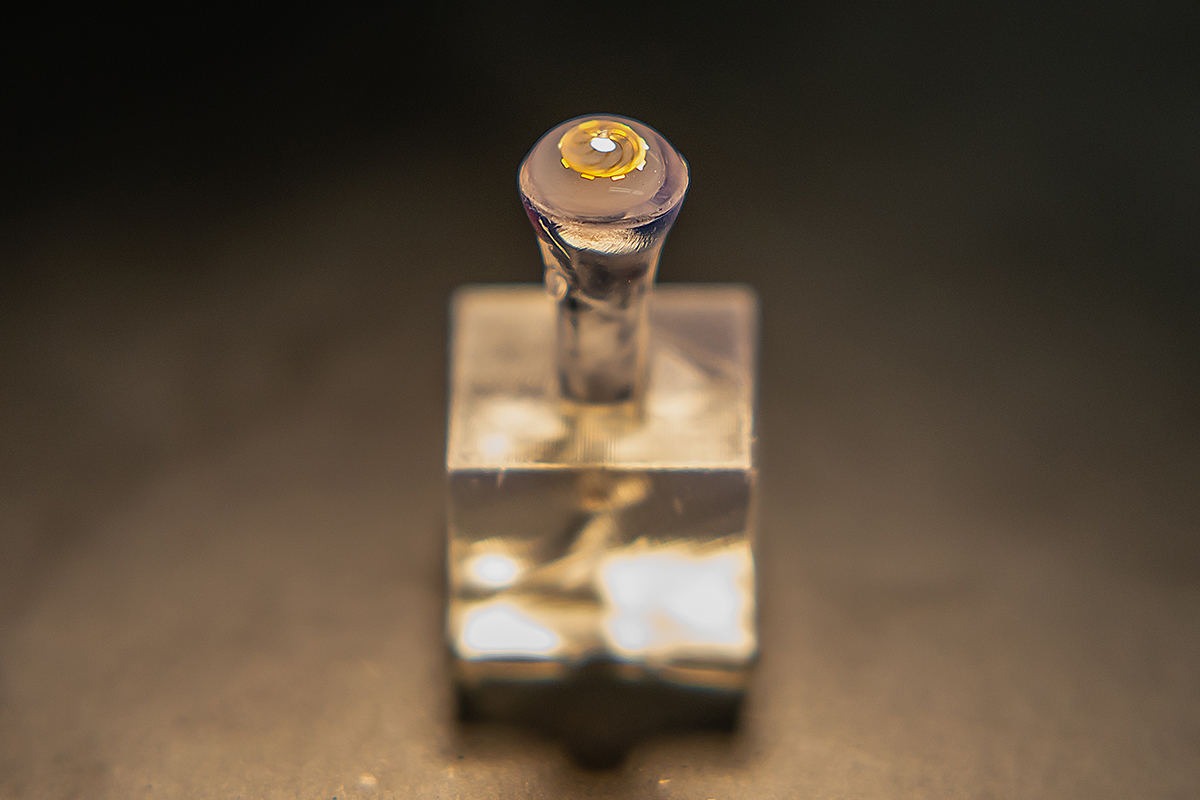STEM | February 22, 2024
Beyond Bits and Bytes: How Neurons are Reshaping the Landscape of AI
Gloria Wang

The Mind in Vitro Project. Credit: University of Illinois Urbana-Champaign.
Have you ever wondered why choosing some images of bicycles tells you apart from robots?
On the surface, it might seem like a straightforward task—after all, we don’t need much brain power to identify a bicycle. However, the reality is far more intricate. Recognizing objects involves a series of meticulously calibrated processes: separating the target from its environment, identifying shapes, and interpreting a combination of sensory information. Translating these nuanced steps into a language a machine understands, strings of countless 0s and 1s, is a task of remarkable complexity.
Now, computer programmers and engineers may be able to teach programs to distinguish bicycles from motorbikes. However, this achievement demands years of hardware upgrades to attain the necessary computational power, and it often fails when faced with noisy inputs. For instance, identifying a dog is a straightforward task when we have access to visual cues like the head, body, tail, and the sound of barking. However, consider a scenario where you see a fleeting, vague shadow in the corner of a low-resolution video. Humans can make sense of this disrupted sensory information, but computers may struggle with such transient signals.
To solve this problem, Professor Gazzola and researchers in the Mind in Vitro program are working on an entirely new paradigm: building a computer based on living neurons. Their research is not meant to replace the computers we have right now, but to serve as a complement to the current struggles in machine learning. Neurons are naturally equipped for learning and adaptation. Researchers envision neurons as a medium for enhancing computational systems with creativity, curiosity, and the ability to generate dynamic responses in non-living computers.
When discussing machine learning and artificial intelligence, many systems may seem to already carry the capability of recognizing images and generating information. However, as Dr. Mattia Gazzola from the University of Illinois Urbana-Champaign points out, many of the current capabilities of AI systems are the result of computational progress and a massive dataset. Ultimately, these AI systems provide responses based on the data it has been trained on, creating the illusion of creativity. While they may be able to provide textbook answers, they cannot defend your PhD thesis, as the latter demands the depth and nuances of human intelligence.
The Mind in Vitro program is working on creating a system that is naturally primed to the creative processes. One research group in Australia has already trained a dish of neurons on electric chips to play the 2D tennis game “Pong.” The system’s setup is straightforward, with one end providing chemical and electrical signals to the neurons, and the other end amplifying and translating the signals into the video game on a computer.
At first, the neurons did not produce any signals. However, through repeated signals indicating the ball’s position, the neurons learned to hit the ball. Initially, the cells struggled to understand the computer signals and lacked “motivation” to play the game. To “motivate” the cells, scientists introduced electrical stimulation—a well-organized burst of electrical activity as a reward for correct moves and chaotic white noise for mistakes. This approach proved effective, as the cells began generating patterns of electrical activity to move the paddle in front of the balls.
These findings suggest a future where biology can enhance computer learning. However, there are still fundamental steps to take. Researchers at different institutions are working collaboratively on various aspects of the study. Engineers are building cheap and amendable “neuron chips” that can pick up and send electrical signals; biologists are growing neurons from stem cells and using CRISPR-Cas9 genome editing to create neurons with higher sensitivity; computer scientists are designing tasks to examine neural responses. Despite various challenges on the way, this expedition at the intersection of biology and computer science opens the future for a computer with new dynamics and advanced intelligence.
About the author
Gloria Wang is a junior majoring in Molecular and Cellular Biology and Chemistry. When she’s not busy with her studies and research, Gloria finds joy in painting and snowboarding.